hip dysplasia in cats uk
The condition leads to joint laxity slackening of the soft tissues around the joint. As a result when our pets move the weight is not distributed as evenly across.

Hip Dysplasia In Cats Pets4homes
The consequence of this abnormal development is joint laxity or instability.
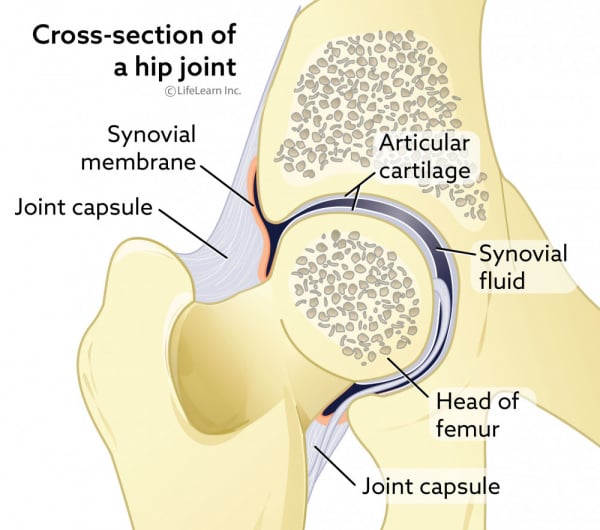
. It is proper and is mandated by The Kennel Club to prevent dogs diagnosed with hip medical problems from breeding. Hip dysplasia is a painful condition that causes one or both hip joints to develop abnormally while a puppy is growing. This can affect dogs as young as six months.
During the first few months of life as the hips are developing they become unstable. The term dysplasia just means an abnormal development. Hip dysplasia is the abnormal development of the hipbone and the femur coxofemoral joint.
Weak association between hip dysplasia and medial patella luxation patella. Hip dysplasia generally starts in cats when theyre still kittens. Theres a hereditary component to hip dysplasia in cats.
It is a developmental condition. While hip dysplasia is most commonly associated with dogs and is certainly more common in dogs than it is in cats nevertheless our. This is a condition where there is abnormal development of the hip joint.
This condition is seen predominantly in dogs but can also be diagnosed in cats. Hip dysplasia affects many species including the human. It is the most commonly diagnosed orthopedic disease in dogs Hip dysplasia is inherited.
Hip dysplasia is abnormal development of the hip joint. Langfordvetscouk Contact Us T. The mode of inheritance is polygenic.
While hip dysplasia is most commonly associated with dogs and is certainly more common in dogs than it is in cats nevertheless our feline companions may also be affected by the condition which can lead to pain difficulty moving freely and a progressive degeneration of the hip joints. Cat x ray cost uk. Affected animals have a normal joint at birth but for some reason the soft tissue support of the joint does not keep pace with the growth of the bones.
Often dogs are not noticeably painful at home but can be. They also think they can see a small fracture in the left hip too which may have been caused by the fact hes heavier and the bone is thinner. Dogs with hip dysplasia usually begin showing symptoms while they are growing at around 5-6 months of age.
The condition tends to be worse in medium - large breed dogs fast growing dogs overweight dogs and dogs who. Cat hip dysplasia occurs when the hip joint no longer fits into the femur socket correctly. Hip dysplasia causes pain swelling stiffness and eventually arthritis.
In some cats hip dysplasia will not cause any obvious disease but in others especially if more severely affected over time significant and painful arthritis may develop. Hip dysplasia affects the shape of the ball and socket joint in the pelvis. Hip dysplasia is the most common orthopaedic condition in dogs and is often diagnosed between 6 and 12 months of age.
Hip dysplasia affects many species including the human. Over time the constant wear and tear causes the acetabulum to become shallow and the femoral head to become. In more serious cases it can lead to bones forming in unusual places damaged cartilage from unnatural motions arthrosis because of their limp and paralyzing pain.
As a result the ball femoral head and socket acetabulum move apart when weight bearing. The femoral head fails to fit tightly into the acetabulum it is less congruent. Maine coons and females are especially at risk for it.
Healthy skeletally mature dogs and cats with severe hip dysplasia severe hip osteoarthritis or complicated hip fractures or dislocations are potential candidates for total hip replacement. In other words it starts before. The most common cause of hip joint pain is osteoarthritis associated with hip dysplasia.
There is a genetic component to the condition but a puppy is born with normal hips and the abnormalities develop as the dog gets older. The laxity can develop as early as 7 weeks of age. Other indications for THR surgery include dislocation luxation of the hip and fractures of the hip joint.
Hip dysplasia is a genetic disorder caused by the combination of genes from the dogs parents. The exact timing of the development of laxity has not been established in cats. The environment under which the cat lives can exacerbate the illness.
Animals typically present with clinical signs at one years of age or less. Symptoms can include stiffness exercise intolerance difficulty getting up or lying down problems climbing stairs and gait abnormalities including limping on one or both back legs bunny-hopping. 0117 394 0513 0514 E.
Thus laxity in kittens is thought to play an important role in the pathogenesis of hip dysplasia. They may be born with abnormal hips or laxity may develop in the first few months following birth as is the case in dogs. This partial dislocation called subluxation causes the femoral head and the acetabulum to knock and grind against each other.
As in the dog hip dysplasia in cats is assumed to result from a combination of genetic several genes are likely to be involved along with environmental dietary and lifestyle factors. What is Hip dysplasia. Hip dysplasia is when the hip joints dont fit together properly and become unstable.
The joint becomes unstable and normal weight-bearing leads to. In a cat with hip dysplasia the ball and socket are misaligned and loose which prevents the femoral head from moving smoothly. Please see our separate information regarding total hip replacement.
This causes abnormal forces on the soft bones which leads to the ball becoming flattened and the socket. The environment under which the cat lives can exacerbate the illness. Hip loosening laxity develops early in life and the stabilising soft tissues around the joint loosen.
This time there appears to be signs of Hip Dysplasia in his hips but its worse on the left where the femoral head has not grown properly its thinner than the right. THR is primarily performed in medium large and giant dogs however can be also be performed in small dogs and cats.

Fho Surgery Cat Hip Problems How To Affordably Fix Them Broad Street Veterinary Hospital Richmond Vet

Hip Dysplasia In Cats Signs Treatment And Prevention Daily Paws

Hip Dysplasia In Cats Signs Treatment And Prevention Daily Paws
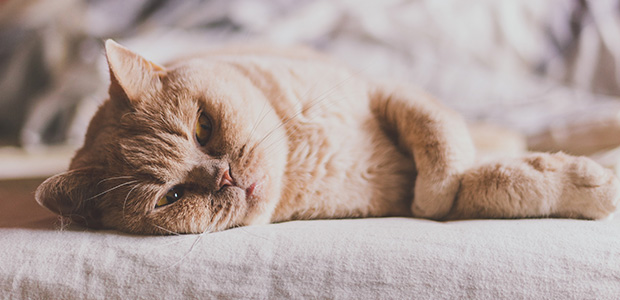
Hip Dysplasia In Cats Causes Symptoms Prevention My Family Vets

New Knowledge And New Treatments For Feline Hip Dysplasia College Of Veterinary Medicine At Msu

How To Treat The Different Types Of Allergies In Dogs And Cats Healthcare For Pets Dog Allergies Pet Allergies Dog Cat

Hip Dislocation And Post Op Care In Cats Vca Animal Hospital

Dog And Cat Bums Trupanion Pet Insurance Now Covers Hip Dysplasia Pet Insurance Health Insurance Quote Pet Health Insurance

The Rhino Brace Braces Rhino Hip Dysplasia
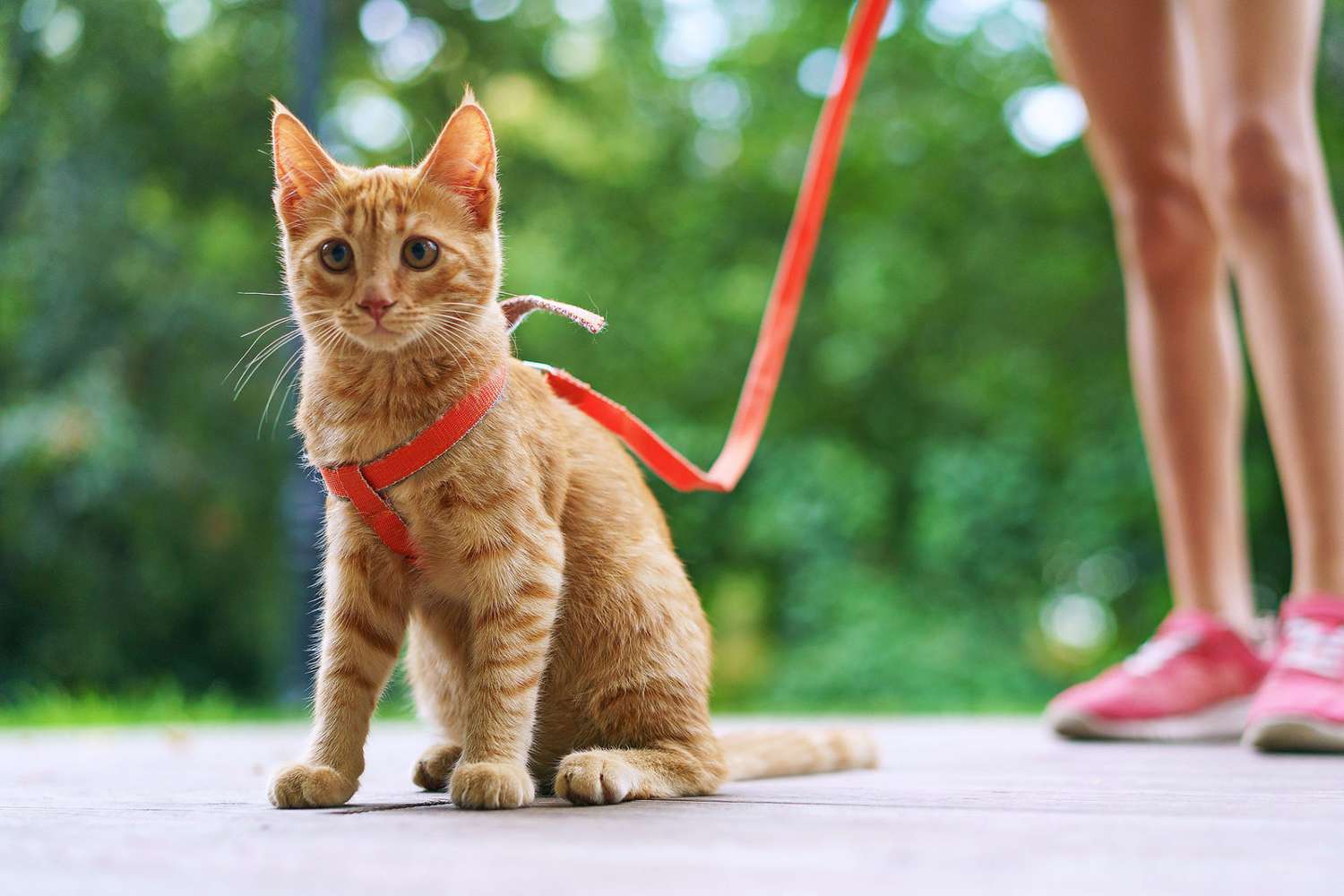
Hip Dysplasia In Cats Signs Treatment And Prevention Daily Paws

Lameness Hip Dysplasia Cats Youtube

Hip Dysplasia International Cat Care

Hip Dysplasia Finally Took My Best Friend R Cats

Animals Free Full Text The Prevalence Of Feline Hip Dysplasia Patellar Luxation And Lumbosacral Transitional Vertebrae In Pedigree Cats In The Czech Republic Html

Hip Dysplasia In Cats Signs Treatment And Prevention Daily Paws
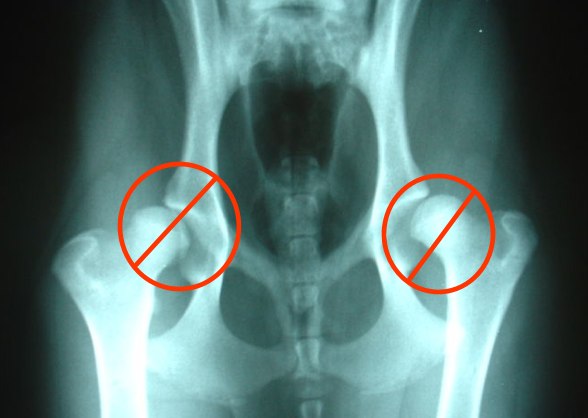
Hip Dysplasia In Dogs Part 2 The Real Cost Of Diagnosis Petmd
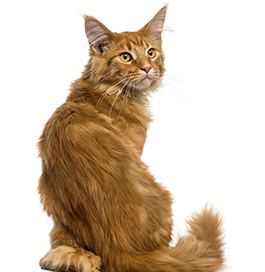
Hip Dysplasia Cornell University College Of Veterinary Medicine
